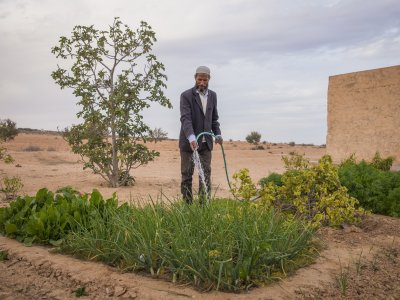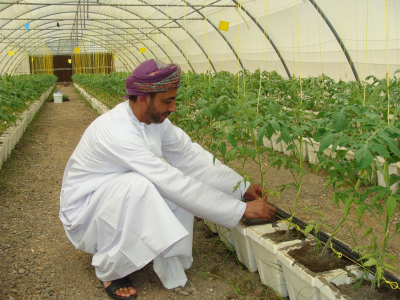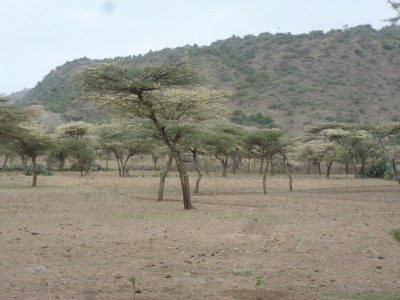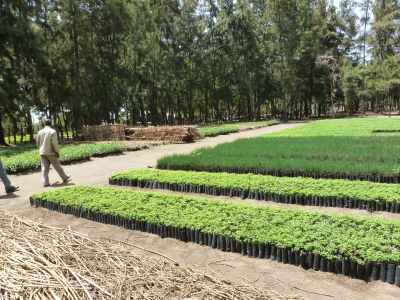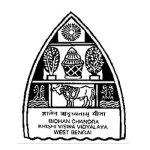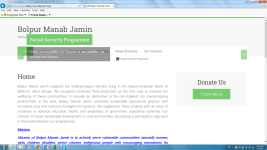Food legumes play an important role in food and nutrition security in a sustainable way:
- Role in human nutrition
- Improving soil health
- Income growth
- Employment generation
In recent years, overall production areas of food legumes have steadily fallen and certainly not in accordance with their potential.
Productivity of food legumes has remained low and variable because of:
- Low yield potential of existing varieties,
- Poor seed multiplication systems,
- Susceptibility of cultivars to environmental stresses and depredation by diseases, insect pests and parasites,
- Limited use of inputs
- Access to market,
- Labor cost and availability and low degree of mechanization
- Weak farmer organization
The overall production levels of food legumes both in India and Morocco have steadily fallen in the last decades and certainly not in accordance with their potential. Yields of food legumes have stagnated and no yield breakthroughs have occurred. Thus, one of the most
salient features of the current food legumes market is the consistently lower production against the demand. This has led to increased prices worldwide. It has also made the market volatile and vulnerable to fact and fiction.
While India is the global leader in terms of both acreage and production of pulses, the low yields have resulted in big shortfalls in supply given the needs of the growing population. Against a per capita availability of 75 grams/day/person in 1958-59, present availability has nosedived below 35 grams/day/person. In other words, per capita consumption has consistently declined from the peak of 27.3 kg/year attained in 1958-59 to the current level of 12.7 kg/year reflecting a negative CAGR of (-) 1.58%, as the overall availability of pulses hardly kept pace with growing population.
In Morocco, while food legumes exports represented 45 to 60% by volume in the 1970’s, but with the failure of production to keep pace with the national overall demand, Morocco relies now on importing to supplement local production capacity, which affects considerably the balance of payment and per capita consumption. The land cropped annually with food legumes went from 511 000 hectares during 1970-1980 to 380 000 hectares during 1990-2000 decades. During the last decade, it stabilized around 365 000 hectares annually. The global food legumes production went from 2.4 to 2.8 million quintals annually. Average yield went from 6.3 to 6.6 quintals/ha. The annual per capita consumption decreased from 5.8 (1984) to 5.6 kg (2001). Productivity levels of food legumes have remained low and variable due mainly to low yield potential of existing varieties, poor seed multiplication systems, susceptibility of cultivars to environmental stresses and depredation by diseases, insect pests and parasites, limited use of inputs, access to market, labor cost and availability and low degree of mechanization, and weak farmer organization.
